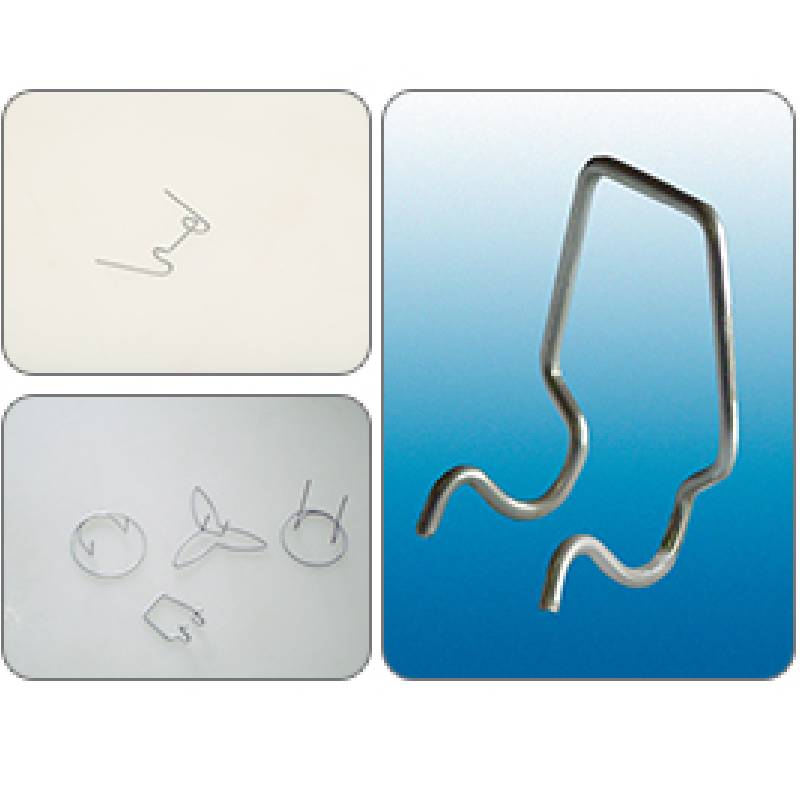
- Mobile Phone
- +8613931874955
- sales@cntcmetal.com
timber frame wall ties
Understanding Timber Frame Wall Ties An Essential Component of Construction
Timber frame construction has been a popular building method for centuries, known for its efficiency, sustainability, and aesthetic appeal. As we delve deeper into the design and engineering aspects of timber frames, one essential component often discussed is wall ties. These structural elements play a crucial role in maintaining the integrity and safety of timber-framed buildings. In this article, we will explore what timber frame wall ties are, their types, installation methods, and their significance in construction.
What Are Timber Frame Wall Ties?
Wall ties are structural connections that secure the frame of a building to its external walls. In timber frame construction, they help connect timber studs to masonry or other non-timber elements. These ties provide lateral support and ensure that the building has the necessary resistance against wind forces and other environmental factors. Without adequate wall ties, a timber frame structure may experience instability, leading to potential damage or even structural failure.
Types of Timber Frame Wall Ties
There are several types of wall ties used in timber frame construction, each serving specific needs within a project
1. Mechanical Wall Ties These are typically made from steel or other durable materials. Mechanical ties provide strong connections and are easy to install. Common examples include cramps, bolts, and brackets. They offer excellent support against both vertical and horizontal loads.
2. Flexible Wall Ties Unlike mechanical ties, flexible wall ties are made from materials that allow some movement, accommodating natural shifts in the structure due to temperature changes or settling. These ties are usually made from a combination of metal and plastic or other flexible materials.
3. Bedded Wall Ties Often used in cavity wall systems, bedded wall ties are positioned within the mortar joints. They help create a connection between the outer and inner walls, contributing to the overall structural integrity and insulation of the building.
4. Stainless Steel Wall Ties Due to their resistance to corrosion, stainless steel wall ties are ideal for buildings located in coastal or frequently wet areas. They provide longevity and durability, ensuring the building’s safety over time.
Installation of Wall Ties
timber frame wall ties

Proper installation of wall ties is critical to their effectiveness. The process generally involves
- Planning Before construction begins, engineers must plan where the wall ties will be installed, ensuring they are strategically placed to maximize structural support.
- Placement Wall ties should be placed at specified intervals, typically recommended in building codes. This might vary based on the height of the wall and the materials used.
- Integration Wall ties need to be integrated seamlessly into the wall structure, ensuring that they are adequately embedded in both the timber frame and the masonry. This helps distribute loads evenly across the structure.
- Inspection After installation, it is essential to inspect the wall ties to confirm they meet safety standards and building codes. This inspection helps prevent future issues related to structural safety.
The Importance of Wall Ties in Timber Frame Construction
The significance of wall ties in timber frame construction cannot be overstated. They provide essential support to ensure that the building withstands external forces such as wind, earthquakes, and heavy rain. Properly installed wall ties contribute to the overall stability of the structure, protecting both invested resources and inhabitants.
Moreover, wall ties facilitate ventilation within the wall cavities of timber-framed buildings, aiding in moisture control and reducing the risk of rot and decay in timber components. This is particularly important, as moisture can significantly impact the lifespan of a building.
Conclusion
As timber frame construction continues to grow in popularity due to its sustainability and design flexibility, understanding the role of wall ties becomes increasingly crucial. These seemingly simple components have a significant impact on the safety, stability, and longevity of timber structures. Whether you are a builder, architect, or homeowner, recognizing the importance of wall ties can help ensure that your timber frame project is not only beautiful but also safe and resilient against the elements. As we move forward in construction practices, let us embrace the essential role that wall ties play in the world of timber framing.
share:
-
Your Source for Concrete Wall Ties and Masonry AccessoriesNewsJul.10,2025
-
Unlocking the Power of Iron Wire for Every ProjectNewsJul.10,2025
-
Explore Advanced Chain Wire and Stainless Steel Mesh FencingNewsJul.10,2025
-
Discover the Benefits of Annealed Wire ProductsNewsJul.10,2025
-
Discover China Stainless Steel Wire Mesh SolutionsNewsJul.10,2025
-
Build with Confidence Using High-Performance Masonry AccessoriesNewsJul.10,2025
-
Why Sacrificial Formwork Is Redefining Underground ConstructionNewsJun.06,2025



















